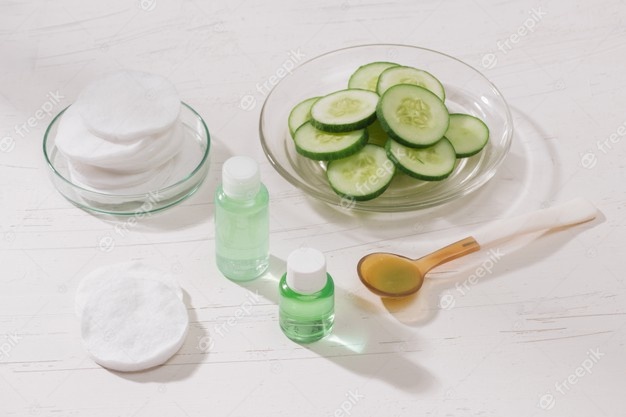The right foods to be more beautiful.
To maintain the health and beauty of the skin, one must act in two balanced ways:
- the use of cosmetics;
- proper nutrition with a healthy lifestyle.
It is said that the face is the mirror of the soul and, above all, it can be added to what we eat, the age we have, and the life we lead.
The skin is the visible sign of all this. By taking care of its health and vitality, it rewards us by giving us a luminous appearance and preserving us from a few too many wrinkles.
Nature provides us with all the elements necessary to delay his (and our) aging: but what are the substances useful for the skin?
Let’s see in detail, how they work and in which foods they are present:
- Vitamin A: promotes cell renewal and fights wrinkles as well as having a strong sebum-regulating action. In the form of retinol, it is found in pork, egg yolk, milk, and its derivatives. In the form of carotenoids, it protects the skin not only from natural aging but also from the action of sunlight, atmospheric pollution, and smoke.
We find them in all yellow-orange-red vegetables, but also in green ones, where chlorophyll masks the carotenoid pigment: apricots, asparagus, watermelon, basil, broccoli, carrots, chicory, turnip greens, chives, lettuce, corn, mango, melon, papaya, potato, peppers, tomatoes, parsley, rocket, escarole, celery, yellow squash. - Vitamin E: it is considered “the vitamin of beauty” and represents the main defense against harmful fatty acids. It is useful in the prevention and care of the skin in general, it restores radiance to the face and keeps the tissues healthy. Good sources of this vitamin are seed oil and extra virgin olive oil, eel, caviar, tuna in oil, eggs, dried fruit, and green leafy vegetables.
- Vitamin C: it is a true source of beauty and if it is deficient in our body, the skin is immediately affected. Antioxidant par excellence fights free radicals and plays a fundamental role in the formation of collagen and connective tissue necessary for cell repair. Hot peppers and bell peppers are a real mine of this nutrient that also abounds in green leafy vegetables, citrus fruits, kiwis, strawberries, potatoes, peas, broad beans, tomatoes, etc.
- Omega 3 fatty acids, contained in oily fish, salmon, and seafood, are beneficial fats because they hinder the formation of prostaglandins, enemies of good cellular functioning. Thanks to Omega 3, the skin appears less dry, softer, and more hydrated.
- Flavonoids or Vitamin P, are valuable antioxidants and strengthen vitamin C. They are found in fruit and vegetables in general, and especially in citrus fruits, grapes, buckwheat, and soy.
- Chlorophyll: green pigment contained in vegetables, true lifeblood with detoxifying and toning properties in general.
Always important for the skin: zinc (nuts, beans, fish products), lycopene (a carotenoid found mainly in tomatoes), cruciferous (broccoli, cabbage, cauliflower), allylsulfides (garlic), quercetin (onion), folate (citrus, leafy vegetables), isoflavones and phytoestrogens (legumes and soy), polyphenols and catechins (green tea, extra virgin olive oil).
Water is also very important for young and beautiful skin.
The gradual loss of water from the body’s tissues is one of the first signs of aging.
Drinking 8-10 glasses of water a day plays an important role for health but also in maintaining the elasticity and firmness of the skin.
It makes it more turgid and less wrinkled.
Proper hydration is comparable to a cosmetic act, such as putting on a cream to prevent skin dryness or revive a dull complexion.
Water does not only mean what we introduce as a drink but also what we consume with food, fruit and vegetables contain about 90% of it.

